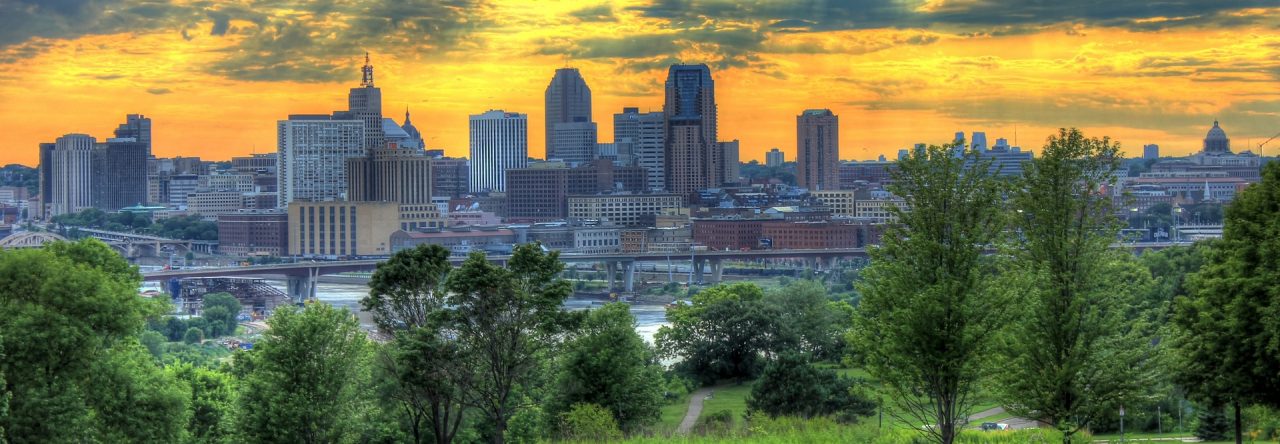What Green Spaces And Recreational Activities Make Big Cities Enjoyable?
Contrary to the bustling urban stereotype, big cities offer a surprising wealth of green spaces and recreational activities that contribute to a balanced and enjoyable lifestyle. Parks, gardens, and a variety of outdoor spaces serve as oases within the concrete jungle, providing residents with opportunities to unwind, connect with nature, and engage in diverse recreational pursuits.
One of the standout features of many big cities is the presence of expansive and well-maintained parks. From Central Park in New York City to Hyde Park in London, these green havens serve as lungs for the city, offering a retreat from the hustle and bustle. They provide a serene environment where individuals can escape the urban chaos, take a leisurely stroll, have a picnic, or simply enjoy the beauty of nature amid skyscrapers.
Community gardens are another green gem found in many big cities. These spaces bring residents together to cultivate plants, flowers, and vegetables. Community gardening not only contributes to the aesthetics of the city but also fosters a sense of community and shared responsibility. It provides individuals with the opportunity to connect with the environment, learn about sustainable practices, and enjoy the tangible rewards of their collective efforts.

Green rooftops have become a prominent feature in environmentally conscious big cities. These elevated green spaces not only enhance the aesthetic appeal of buildings but also contribute to sustainability by reducing heat absorption and promoting biodiversity. Rooftop gardens and green spaces offer residents an elevated oasis where they can enjoy nature while taking in panoramic views of the city skyline.
Urban waterfronts, whether along rivers, lakes, or coastlines, contribute significantly to the recreational appeal of big cities. Waterfront areas are often transformed into vibrant spaces for leisure activities, featuring promenades, bike paths, and recreational facilities. Residents can indulge in activities such as kayaking, jogging, or simply enjoying a peaceful moment by the water, adding a refreshing dimension to urban living.
Cultural and recreational events in big cities often spill into green spaces, creating a harmonious blend of nature and entertainment. Concerts in the park, outdoor film screenings, and fitness classes are just a few examples of activities that transform urban green spaces into lively venues for community engagement. These events contribute to the social fabric of the city, bringing residents together for shared experiences in natural surroundings.
Sports facilities and recreational areas further enhance the enjoyment of big cities. From basketball courts and soccer fields to cycling trails and skate parks, urban environments cater to a variety of athletic pursuits. The accessibility of these facilities encourages physical activity and a healthy lifestyle, providing residents with outlets for exercise and leisure.
In conclusion, the green spaces and recreational activities in big cities play a crucial role in making urban life enjoyable and balanced. Parks, community gardens, green rooftops, waterfronts, cultural events, and sports facilities contribute to a multifaceted urban experience. These spaces not only provide opportunities for relaxation and connection with nature but also foster community engagement and contribute to the overall well-being of city residents.

